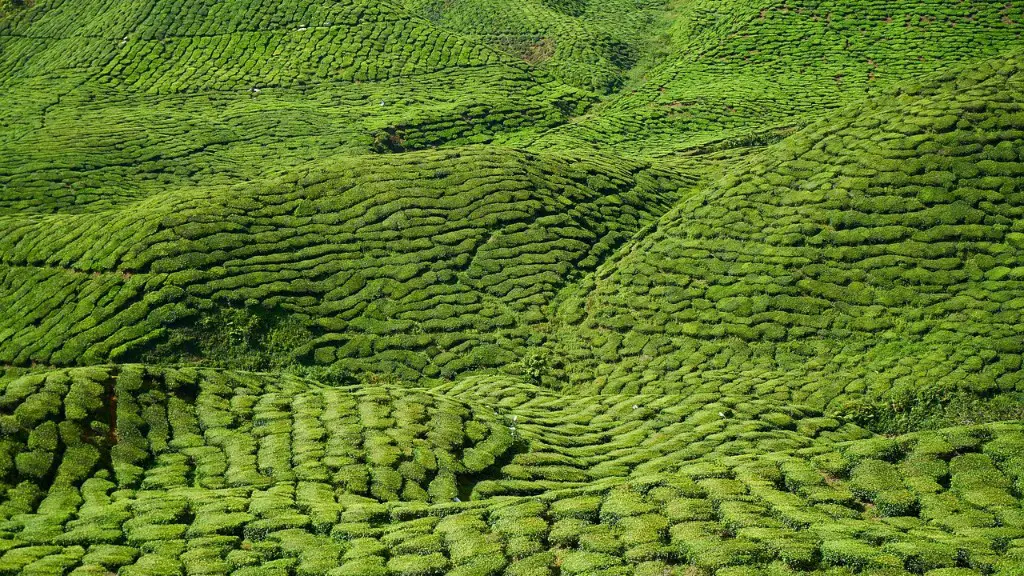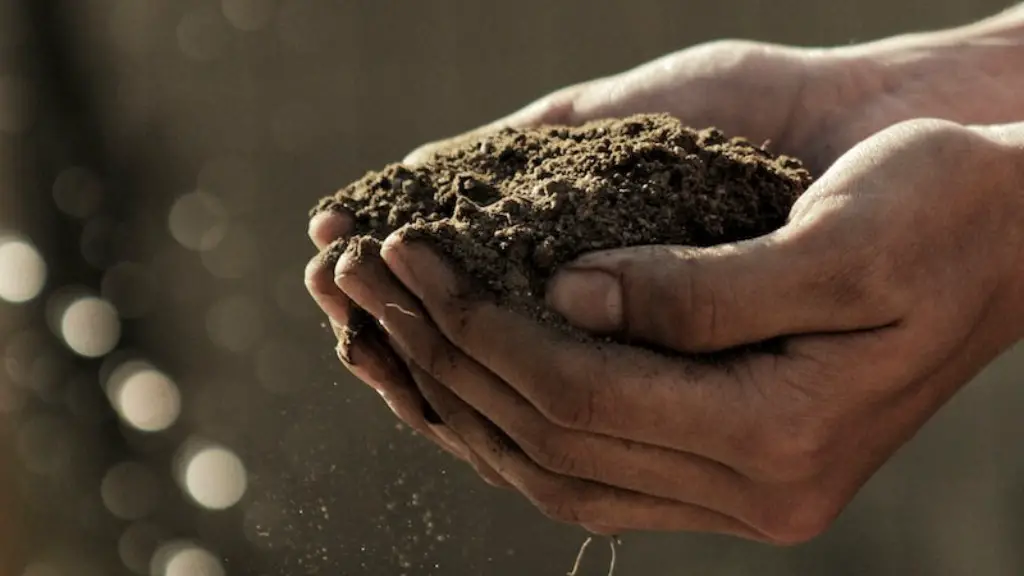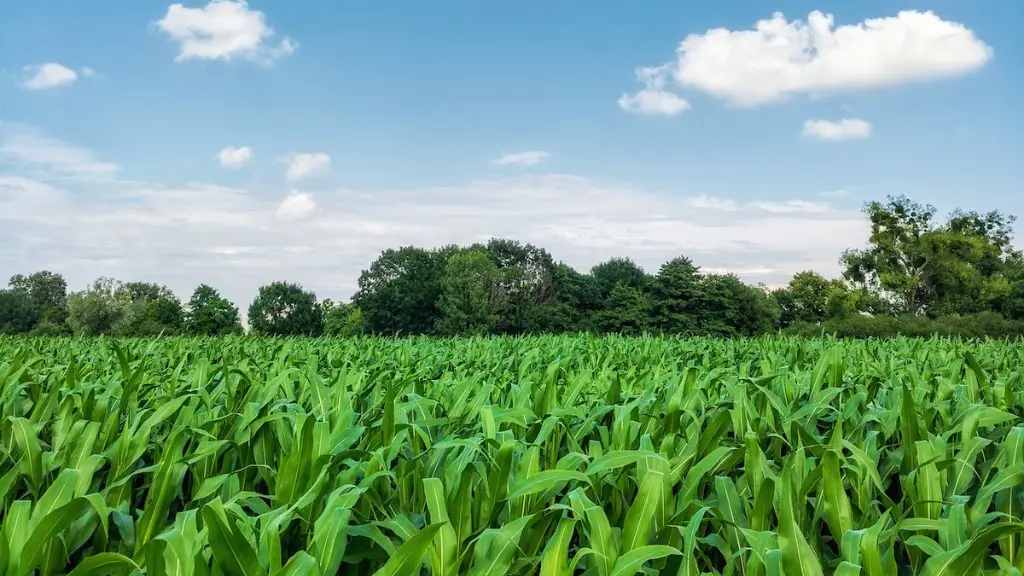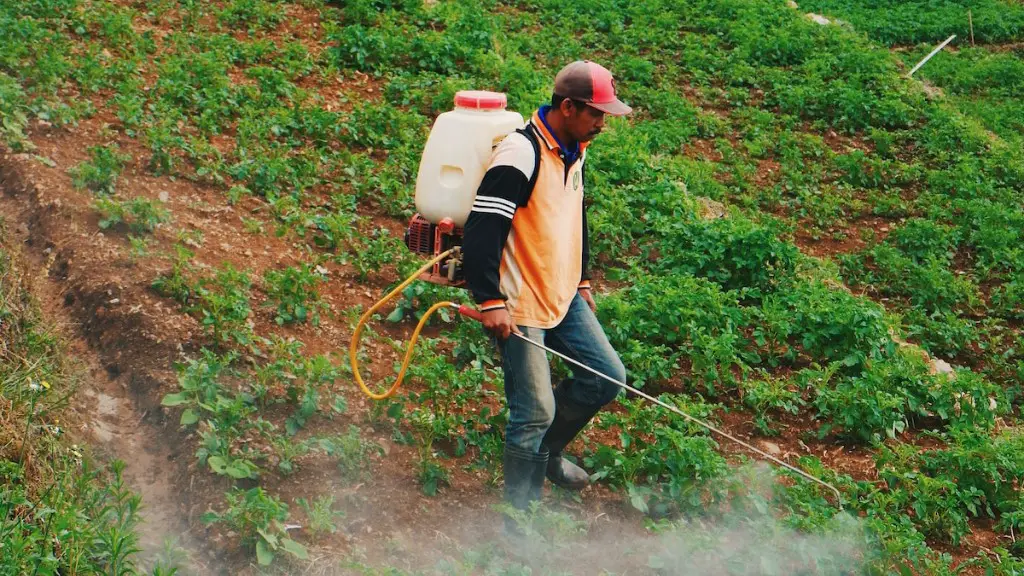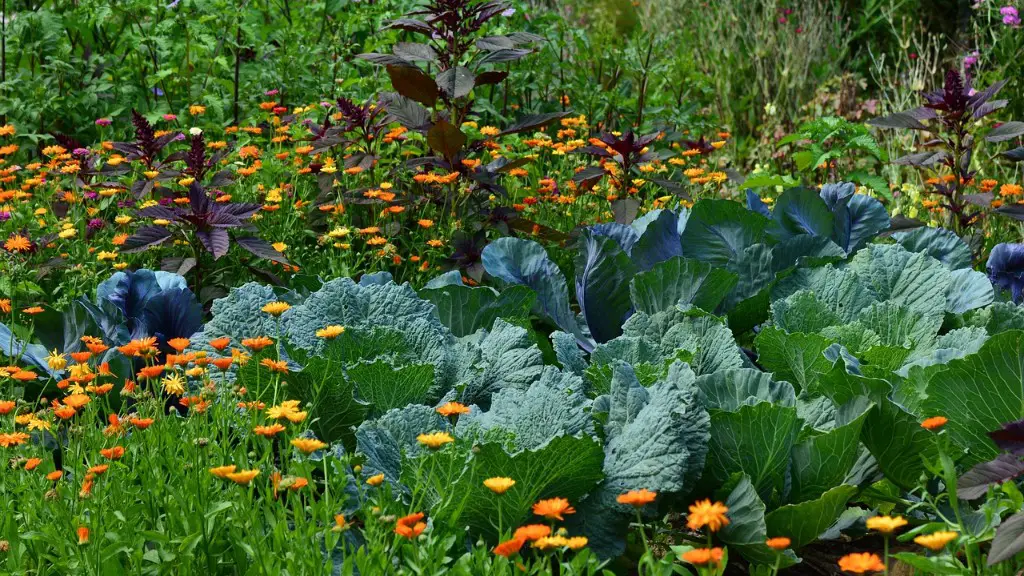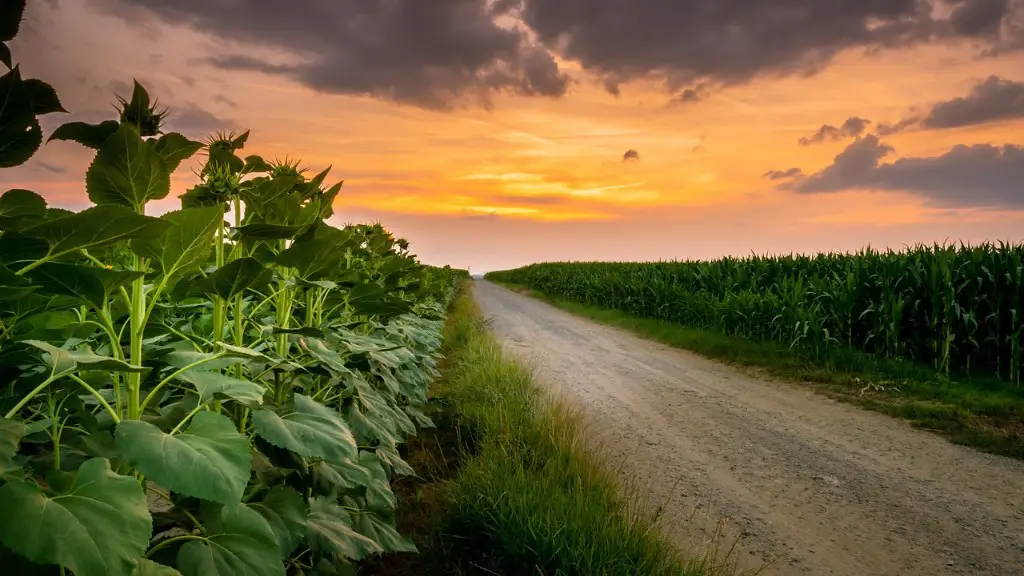Agriculture is the activity of cultivating plants, animals, and other forms of life for the purpose of producing food, fuel, and materials. It is one of the oldest human activities and played a critical role in the early development of human societies. But how did it originate? Understanding the history of agriculture can give us insight into the development of civilization.
The origins of agriculture are largely debated. According to recent evidence, the first agricultural practices may have originated in Southeast Asia around 10,000 to 15,000 years ago. In this region, people began to use primitive tools to cultivate wild plants for food and foraging for wild fruits and vegetables. It was also around this time that animals were domesticated, which laid the foundation of animal husbandry.
The development of agriculture took place in stages. People began by collecting seeds from wild plants that they thought were desirable. They then stored them, and used them next season when planting. This not only allowed them to harvest a larger amount of food, but also gave them control over the plants’ genetic structure. Over time, the practice of gathering, storing and replanting of plants was refined and these plants came to be known as ‘domesticated’ varieties.
People began to develop techniques for irrigating crops, which allowed them to produce larger quantities of food. This also allowed them to settle in one place, rather than having to move from place to place in search of food. This was an important factor in the rise of civilization.
Since that time, agriculture has spread to nearly every corner of the globe. This is due in large part to technological breakthroughs in agriculture, such as improved mechanical cultivation and fertilization methods, as well as the introduction of new crops. Today, agriculture continues to play a vital role in the global food supply and economy.
How did Irrigation Affect Agriculture?
Irrigation is the process of using water to nourish crops. Although irrigation had been used on a small scale for centuries, it was not until the 19th century that technologies emerged that allowed for larger-scale irrigation projects. These included water-lifting devices, mechanized pumps, and pipelines for transporting water.
This allowed farmers to create larger areas of cultivable land and grow a greater variety of crops. It also allowed them to practice year-round cultivation in climates where that was previously not possible. This helped to increase crop yields and allowed for the expansion of human settlements.
In addition, irrigation also helped to protect crops from drought and extreme weather. This was especially important in areas where water was scarce and in areas that were prone to drought. By using water-efficient irrigation systems, farmers were able to conserve water and increase their crop yields.
Today, irrigation continues to be a critical factor in agricultural production. In many parts of the world, irrigation can account for more than half of the water used in agriculture. Thus, irrigation is essential for ensuring the availability of food, as well as mitigating the effects of climate change.
What are the Benefits of Crop Rotation?
Crop rotation is a practice that involves growing a variety of crops on the same piece of land in consecutive years. This has numerous benefits, such as increasing the nutritional value of the soil and helping to control pests and diseases. Crop rotation also increases the yield of crops, as well as their quality.
Crop rotation is an important part of sustainable agriculture. It helps to prevent soil erosion, as well as preserve soil fertility. It also reduces pesticide use, as insects and other pests will not proliferate as quickly. Other benefits include better water retention, improved soil health, and higher yields.
Crop rotation also helps to conserve biodiversity. By growing different crops in rotation, farmers are able to diversify their agricultural systems and make them more resilient to changes in climate and other external factors. This boosts agricultural productivity and helps to ensure the long-term sustainability of farming.
Finally, crop rotation helps to reduce the economic costs of cultivation. By growing different crops, farmers reduce their dependence on artificial inputs such as chemicals and fertilizers. This helps to keep costs down and increases their profitability.
How Did Tools, Technology and Techniques Progress Agriculture?
Tools and technology played an important role in the progress of agriculture through the centuries. Tools such as hoes, axes and plows allowed farmers to till the soil, plant and cultivate crops, and control weeds and pests. Additionally, technologies such as irrigation systems, fertilizer application and crop rotation methods allowed farmers to produce larger and healthier yields.
Over time, new technologies such as mechanized equipment and artificial fertilizers were developed, which further helped to improve agricultural yields. This allowed agricultural production to keep pace with the increasing population, and provided a more reliable food supply. This, in turn, facilitated the growth of human civilizations.
In modern times, advances in biotechnology and genetic engineering have allowed for the development of new varieties of plants and animals that are more resistant to disease and more productive in the field. These advances have allowed for sustained increases in crop yields and animal productivity.
In addition, new information technologies, such as weather forecasting and GIS, allow farmers to better manage their operations and improve the efficiency of their production. These technologies help farmers to more accurately predict crop yields, monitor soil conditions and manage pests and diseases.
How Has the Rise of Agribusiness Impacted Agriculture?
Agribusiness is the commercialization of agriculture, and it is an increasingly important trend in today’s world. By leveraging modern technologies and economies of scale, agribusinesses are able to produce large quantities of crops and livestock for global markets.
This has introduced new players into the market, such as international corporations and commodity traders. The rise of agribusiness has led to increased competition, which has, in turn, caused prices to drop and created greater efficiency in agricultural production.
However, the rise of agribusiness has also brought with it numerous challenges, such as increased environmental degradation, the exploitation of workers and the displacement of small farmers. Additionally, agribusinesses tend to favor monocultures, which are not as resilient to changes in climate and environmental conditions.
Finally, the rise of agribusiness has put pressure on the global food system. It has caused prices to fluctuate, leading to food insecurity and hunger in some places. This has made it increasingly difficult for small-scale farmers to compete with large agribusinesses for markets and resources.
What Technologies Are Being Used to Improve Agriculture?
As the need for increased agricultural production continues to grow, a number of modern technologies are being used to help improve efficiency and reduce waste. These technologies range from digital farming systems and precision agriculture to advanced breeding methods and gene editing.
Digital farming systems can be used to collect data from fields and use it to optimize crop management. For example, thanks to real-time data monitoring, farmers can optimize fertilizer application and detect and treat pests or diseases more quickly.
Precision agriculture is a technique that uses advanced GPS technology and other specialized equipment to monitor crop health and environmental parameters in real time. This information can then be used to optimize yield, identify areas of stress, and maximize efficiency.
Advanced breeding methods such as marker-assisted breeding and gene editing are being used to produce new varieties of plants and animals with desired traits. These methods allow breeders to select the most beneficial traits, leading to higher yields and better quality of crops.
Finally, drones are being used to monitor crop health, identify weeds, detect disease and even deliver fertilizer. By providing detailed data about fields, drones can help farmers to take smarter and more effective actions.
